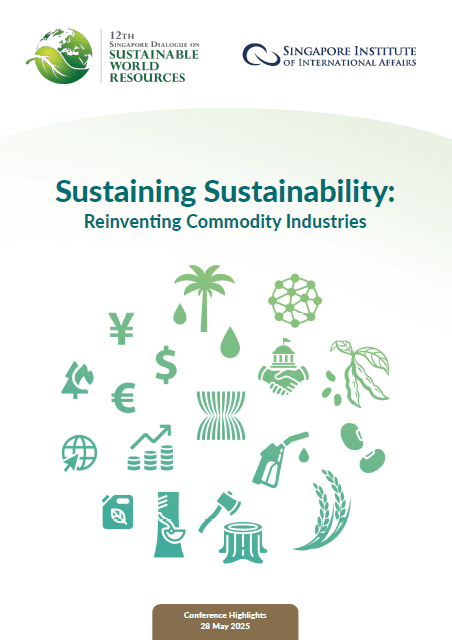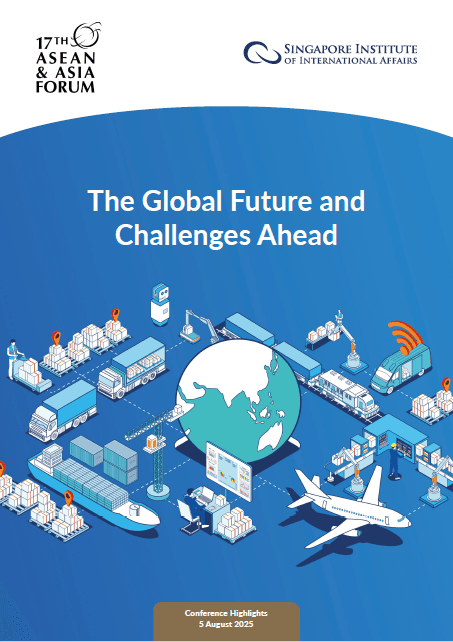Date :23 Jun 2017
This report provides a holistic overview and analysis of the current opinions and approaches with regards to peatlands in Southeast Asia. Peatlands are a special type of ecosystem containing areas covered with peat, a type of soil largely formed from partially decayed organisms. These give peat a much higher organic content as compared to mineral soil. Southeast Asia contains large peatland areas, mostly in Indonesia and Malaysia, which naturally exist as waterlogged forests known as peat swamp forests.
This report will examine the current approaches to managing and rehabilitating peatlands in Southeast Asia on three levels. Firstly, it will describe the regional and national frameworks available to govern or provide direction on how peatlands are managed. Secondly, it will classify peatland management into three major approaches – “full cultivation”, “full protection”, and the “middle approach” – and outline the pros and cons of each, supported by examples. Finally, it will highlight the areas of overlap between the three approaches, and argue that focusing on these areas of overlap through the “landscape approach” enables beneficial outcomes to be achieved without becoming mired in polemical discourse. These beneficial outcomes include reduced conflict with local communities; improved fire-readiness; protection of peatlands from encroachment; increased agricultural yields and profits; and improved monitoring and evaluation of peatland projects.
The executive summary of this report was released earlier this year in April, in conjunction with our 4th Singapore Dialogue on Sustainable World Resources. The full special report and the earlier summary are available as separate PDF downloads.




